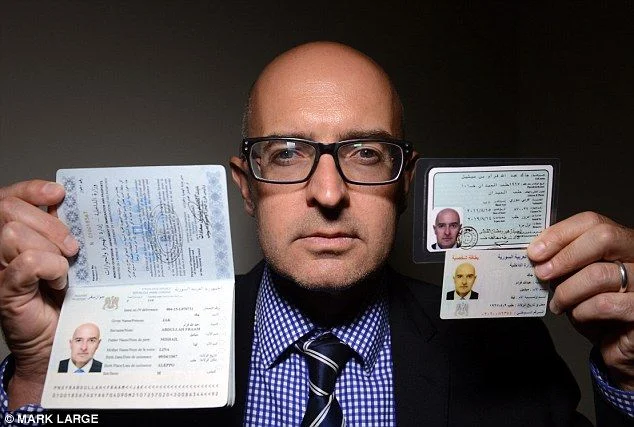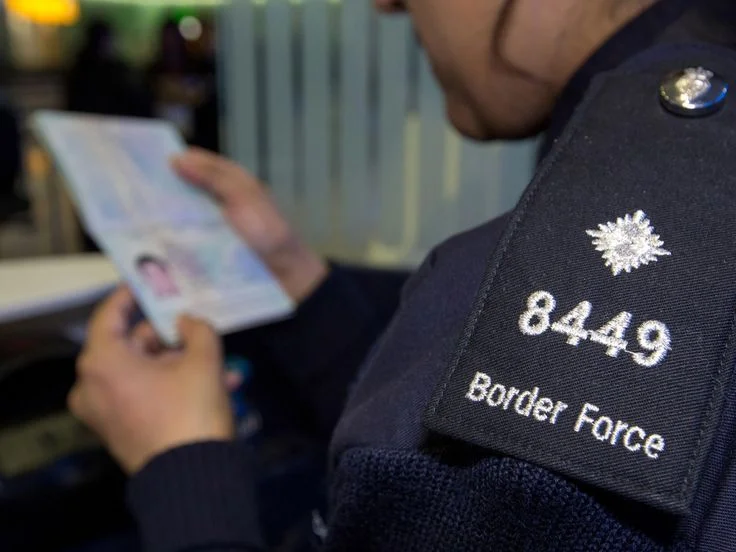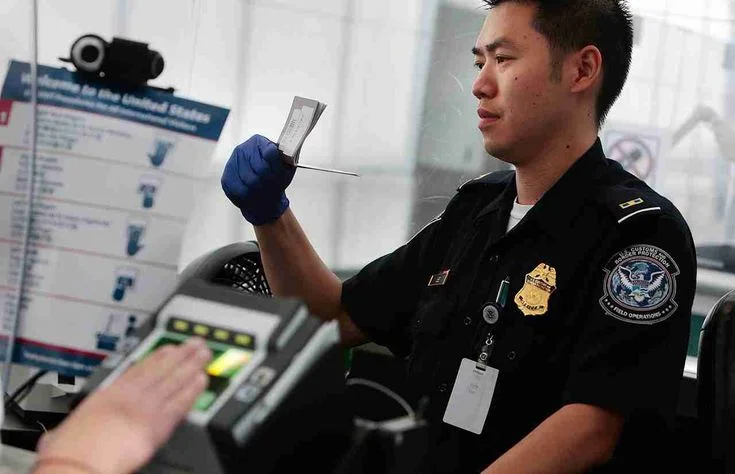sIndividuals granted asylum face complications with international travel when they lack a national passport. Fearing persecution or the revocation of their citizenship, they cannot safely rely on the documents of their home country. In such cases, the asylum travel document plays an essential role.
This document allows asylees to travel abroad while maintaining the legal right to return to their host country. It acts as a substitute passport recognized under international refugee law. Without it, reentry can be denied, or their asylum status can be jeopardized.
The asylum travel documents ensure mobility, dignity, and legal protection for those rebuilding their lives. It supports travel for emergencies, education, and humanitarian missions. Understanding the process, restrictions, and benefits is vital for every refugee or asylee.
Understanding the Asylum Travel Document Process

The host country’s immigration authorities typically issue asylum travel documents. For example, in the United States, the U.S. Citizenship and Immigration Services (USCIS) issues Form I-131.
This document serves as a substitute for a passport and is recognized under the 1951 Convention relating to the Status of Refugees. Without it, an asylee risks being denied reentry or even losing their protection status.
This document is valid for one year and is typically non-renewable. Instead, a new application is required every time. It can take several months to process, so applicants are encouraged to plan their travel well in advance.
Who Can Apply and Why It Matters

Only those who have officially been granted asylum or recognised as refugees can apply for asylum travel documents. They are often cut off from their national government and cannot obtain a passport safely. This creates a legal gap that only this travel document can fill.
Attempting to travel without it can lead to serious immigration issues. Using a home-country passport might be seen as proof that you’re no longer in danger. That could result in the cancellation of your asylum status and potential deportation.
Key Eligibility Factors and Risks
- Must hold official asylum or refugee status
- Should not use a home-country passport after asylum is granted.
- Cannot return to the country of persecution
- Travelling without the required documents may result in the denial of reentry.
- Status may be revoked due to unsafe or unauthorized travel.
Delays and Processing Challenges in Getting an Asylum Travel Document

Applicants must understand that getting asylum travel documents can take time. Sometimes, it may take up to five months or more, depending on the workload of the immigration authority.
Delays often occur due to incomplete forms, incorrect photographs, or missing biometric appointments. Therefore, it’s essential to carefully follow all instructions and apply well before any planned trip.
Key Benefits of the Asylum Travel Document
The asylum travel documents provide a legal way for asylees and refugees to travel internationally without relying on their home country’s passport. It ensures a safe return to the host country, upholds their asylum status, and supports travel for emergencies, education, or humanitarian reasons
Here’s what makes it important:
- Ensures safe reentry to your host country
- Recognized internationally under the Geneva Convention
- Acts as a substitute for a passport
- Helps maintain your asylum status
- Supports urgent travel, such as for family emergencies or educational opportunities
Eligibility Criteria and Application Guidelines
To be eligible for an asylum travel document, you must already have refugee or asylee status. You should not have visited your country of origin after receiving asylum. Using your home country’s passport can also make you ineligible.
You must have a valid reason for travel, such as family emergencies, study, or medical treatment. The application includes submitting identity photos and supporting documents. In many cases, a biometric appointment will also be scheduled.
Necessary Restrictions You Should Know
The asylum travel document provides crucial mobility, but it doesn’t offer the same level of freedom as a national passport. Its use comes with conditions that every asylee must understand. Failing to adhere to these rules can lead to travel disruptions or legal issues.
It cannot be used to return to the country you fled, and its one-year validity makes it temporary. Some countries or airlines may also deny entry without additional visas. Still, it remains a necessary and protective tool for international travel.
Common Myths About Asylum Travel Documents
There are several misconceptions surrounding asylum travel documents that often mislead applicants. One central myth is that you must leave your host country to apply, which is false. The process starts and finishes within your country of asylum.
Another common belief is that this document guarantees entry to any country, which it doesn’t. It also doesn’t negatively affect your asylum status, nor is it limited to tourism. Understanding the truth helps avoid mistakes that could jeopardize your protection.
Travel Scenarios Where This Document Is Useful
There are various legitimate reasons where an asylum travel document becomes necessary. These include:
- Attending a funeral of a close family member
- Participating in academic conferences or programs
- Receiving urgent medical treatment abroad
- Visiting close relatives in third countries
- Going on humanitarian or religious missions
Risks of Traveling Without an Asylum Travel Document
Even with approved asylum, leaving your host country without the correct travel document can be dangerous. Border officials may question your legal status. In some cases, you might be denied reentry altogether.
Using your native country’s passport after asylum can be seen as a sign that you’re no longer at risk. This can trigger a review and potentially lead to the cancellation of your asylum protection. Legal complications and detainment are also possible during travel.
Conclusion: Why You Need an Asylum Travel Document
The asylum travel document is more than a travel pass; it’s a safeguard for your legal status and personal safety. It allows refugees and asylees to move across borders without risking deportation. Understanding its value is essential before making any travel plans.
Failing to obtain the proper documents can result in severe consequences, including loss of asylum and denial of re-entry into the country. That’s why careful planning and compliance with immigration rules are critical. This document ensures protection while abroad and peace of mind upon return.
Always apply early, keep it valid, and avoid using your native passport after asylum. These simple steps help you maintain your rights and freedom. With the correct travel documentation, you can move safely while preserving your future.










